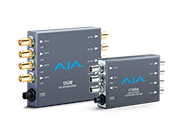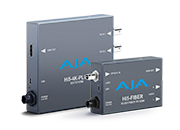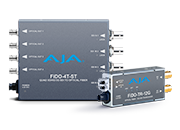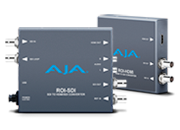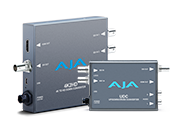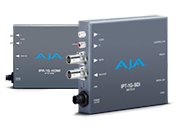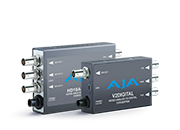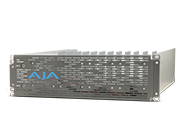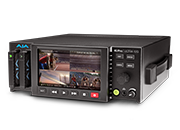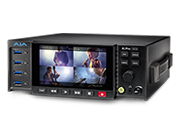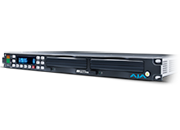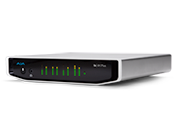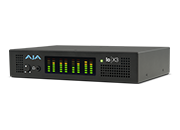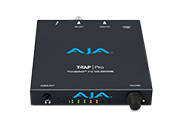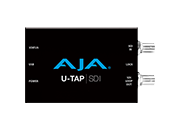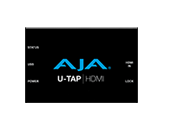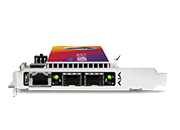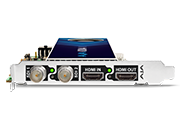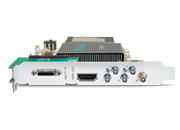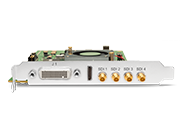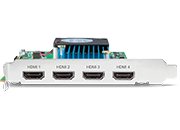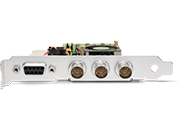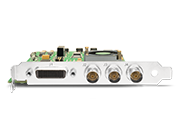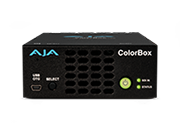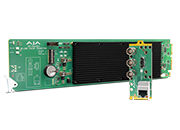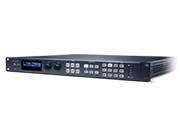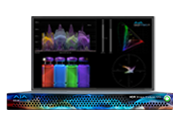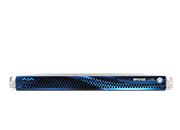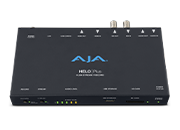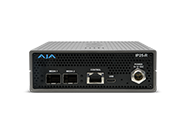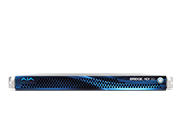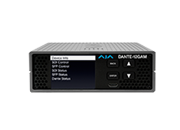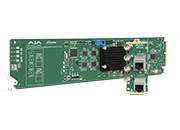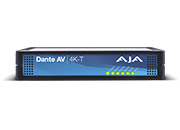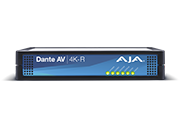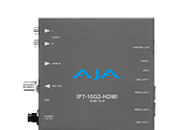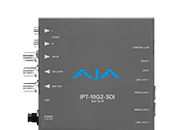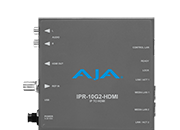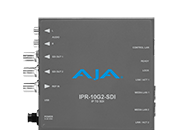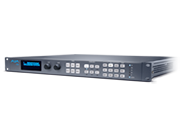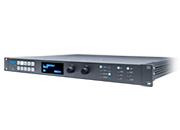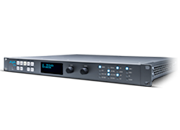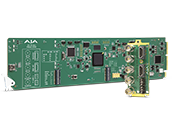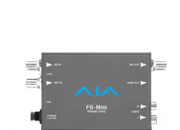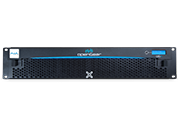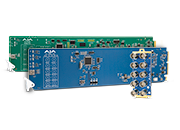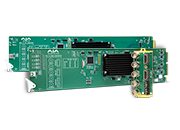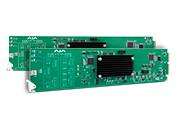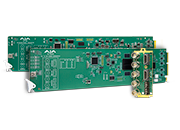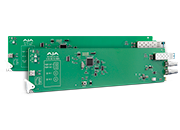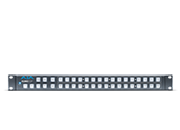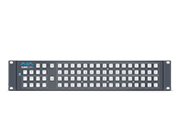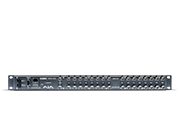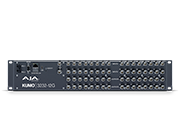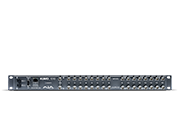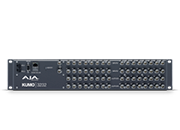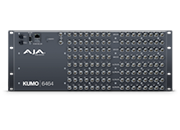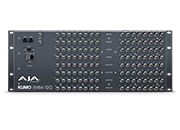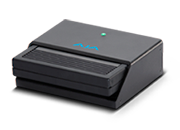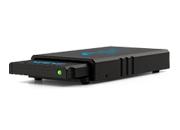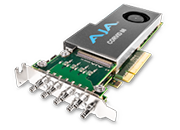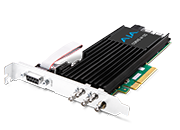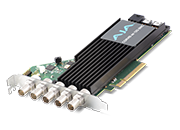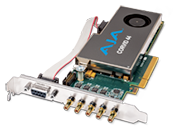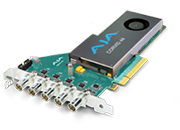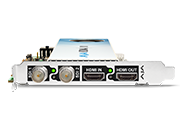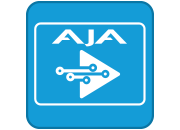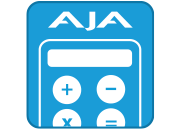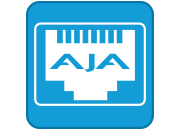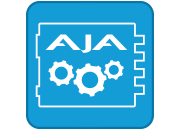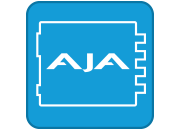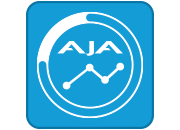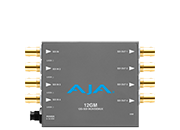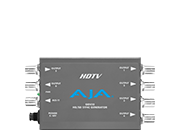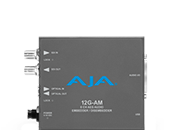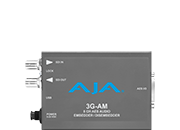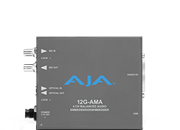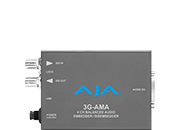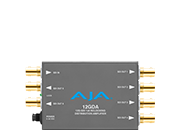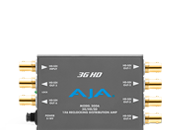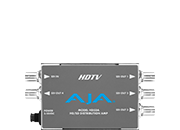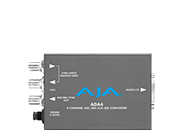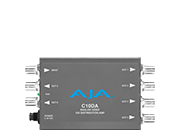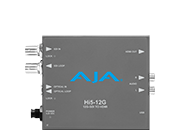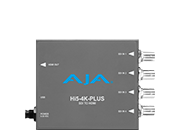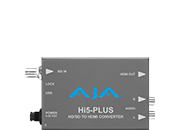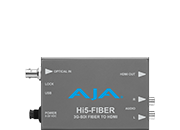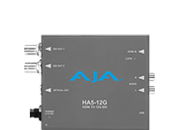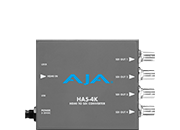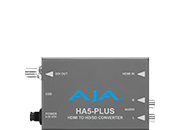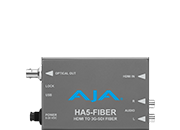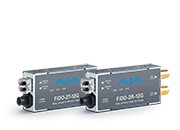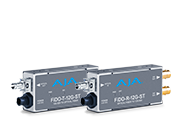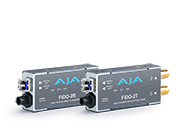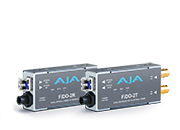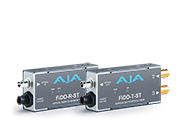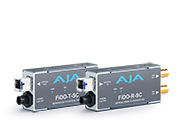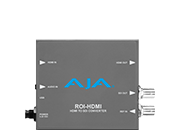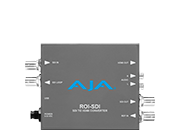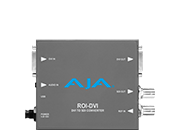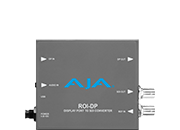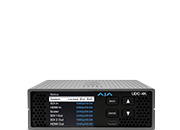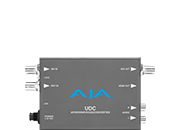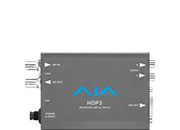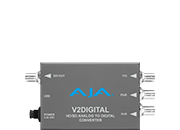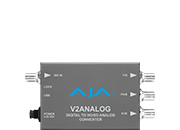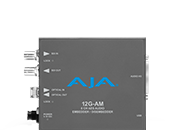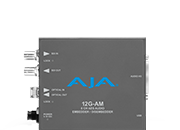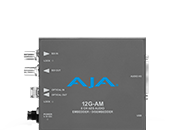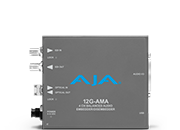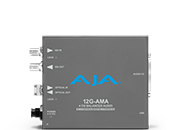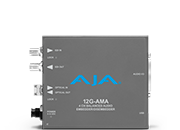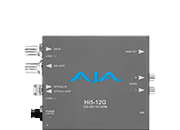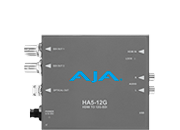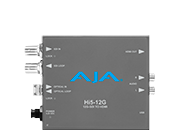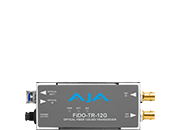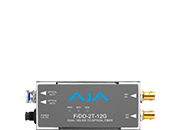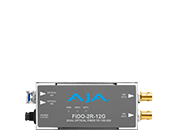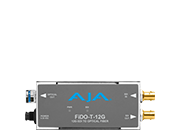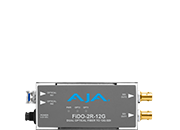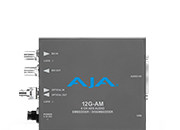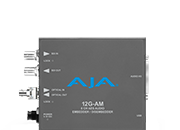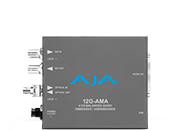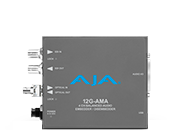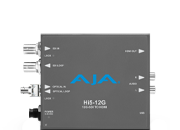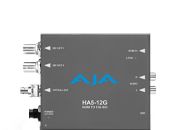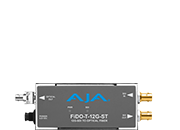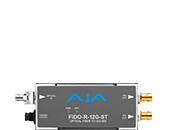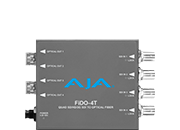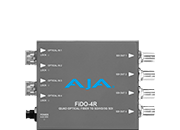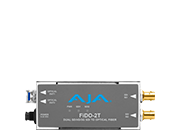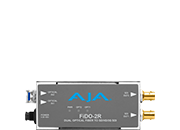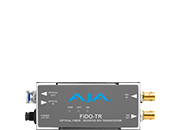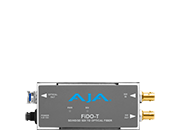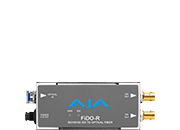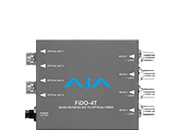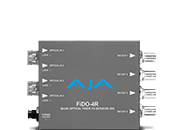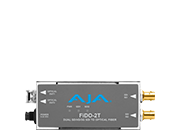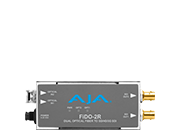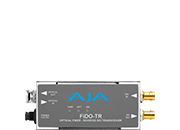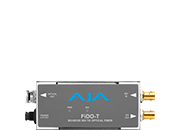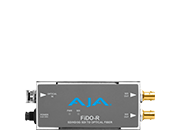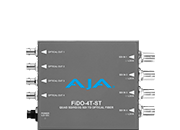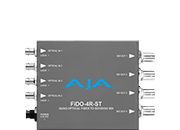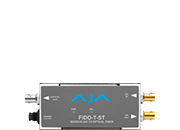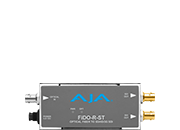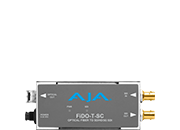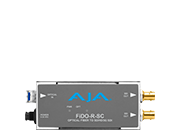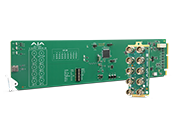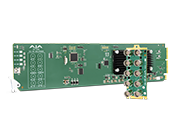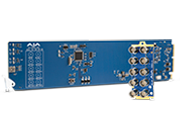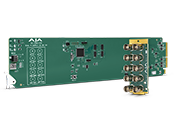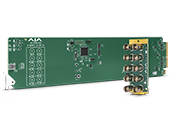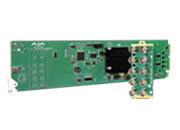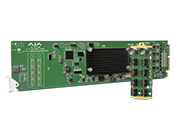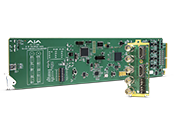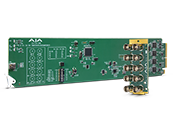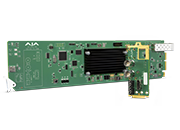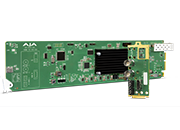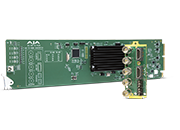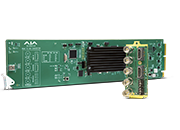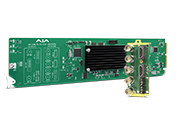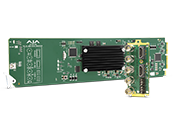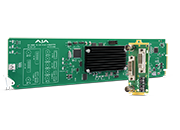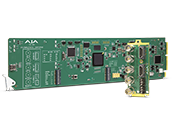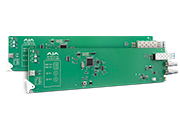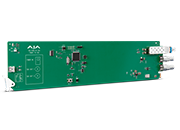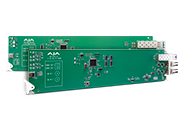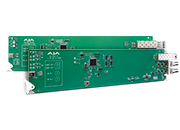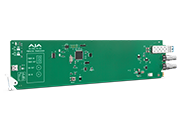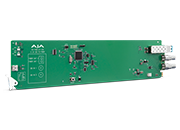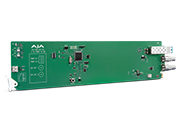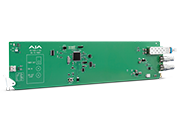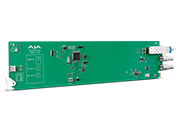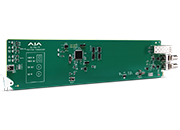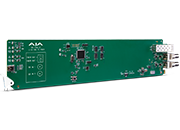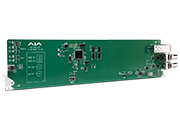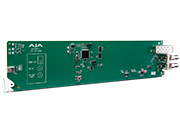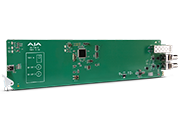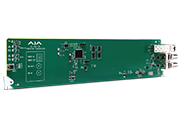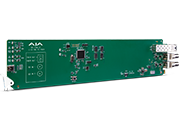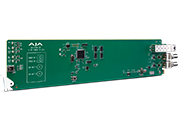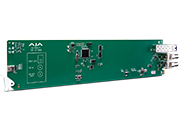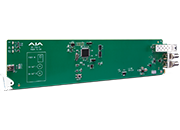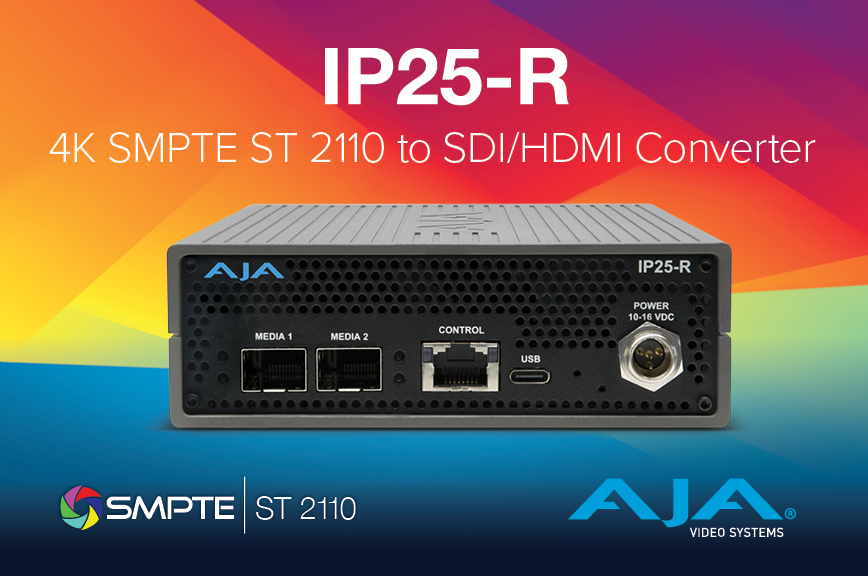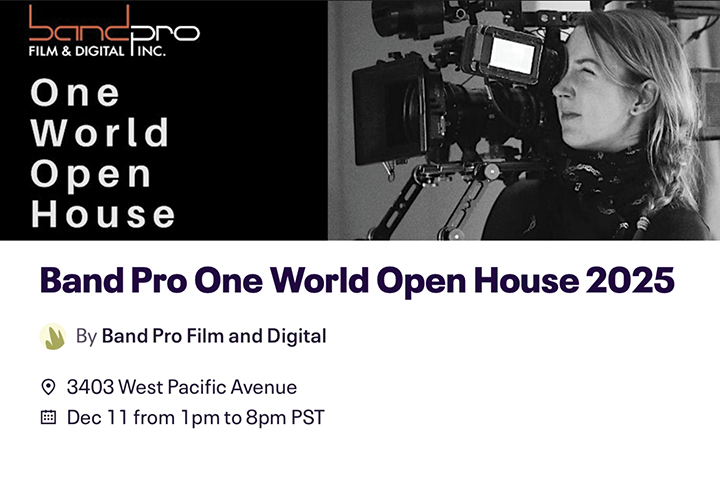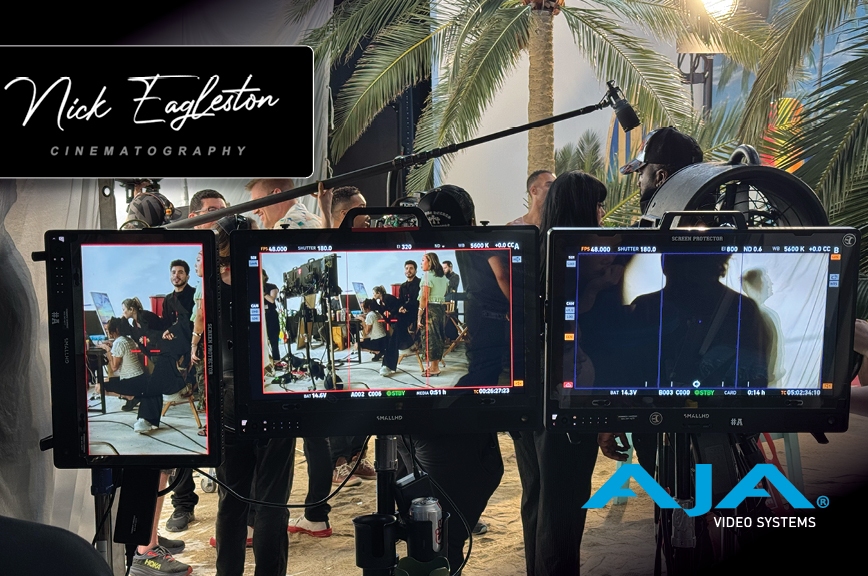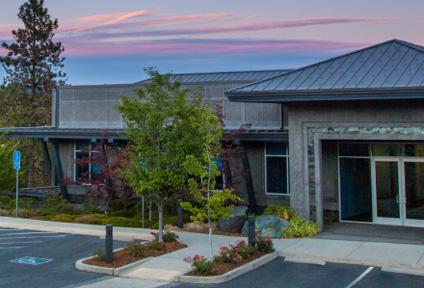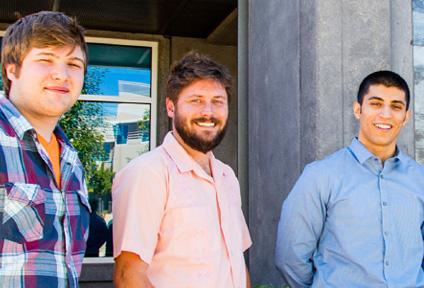Live Production Director Toby Santos on Staying Ahead of Workflow Evolutions
July 22, 2025
Just as live production workflows look a lot different today than they did a few years ago, so do the jobs of the creatives and technologists behind them. Once individual roles with distinct responsibilities, directing, technical management, and production have now converged in the context of live production. It's a trend that Los Angeles-based Director Toby Santos is close to, and that has reshaped his approach to live production. We recently spoke with him to learn more about his multifaceted experiences—from newsrooms to major award shows, and remote live streaming—and how emerging technology and techniques are influencing his perspective and live production tactics.
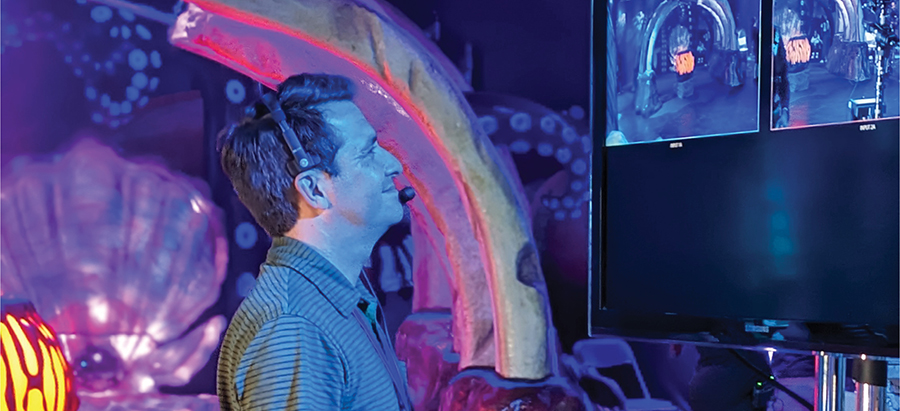
Tell us more about your career journey.
I started in news as a technical director (TD) before moving to LA, where I freelanced in sports and entertainment. That led me to unscripted TV, and I then transitioned into directing. I’ve also taken on various production roles and managed technical production for large live events. Today, I wear many hats but mostly focus on directing, handling TD responsibilities, and producing music and corporate shows.
Describe an average day on the job.
Each day depends on the project, but I’m much more involved in pre-production today. I work closely with showrunners, producers, and crew to define technical needs and align the vision before we get to the set. Whatever role I’m filling, upfront collaboration is a constant. On shoot days, I strive to stay on schedule and make sure we capture every shot we need. On rehearsal days, I use the time to identify and resolve any issues, then review and improve the workflow from there. I do a lot of this remotely from my home studio.
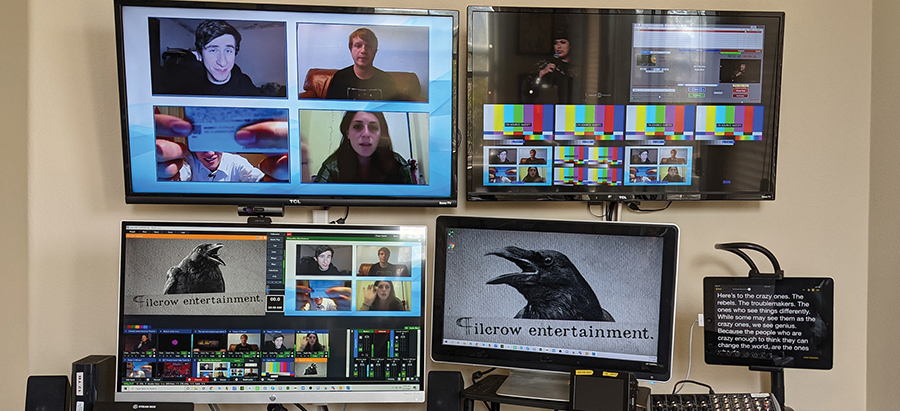
Why did you establish your home studio and what does it look like?
When the pandemic paused traditional production, companies that I’d worked with in the past began asking for help vetting remote streaming solutions, given my technical background. While testing options, I realized that I could build my own remote streaming setup, and I invested in a home office control room. I outfitted it with a full fiber connection, decoders, encoders, routers, vMix systems, and AJA gear to build a compact but powerful live production hub.
For six months, I played an essential role in producing several different Viacom shows out of my house. I helped direct, record, and manage graphics and logging for seven shows through my control room and two other control rooms for MTV and BET, managed two live broadcasts for BET, and recorded PSAs for CBS. As demand grew, I expanded with additional control rooms and assembled a remote audio team. I came to rely on AJA gear for the most mission-critical parts of the workflow. Even with in-person production back in full swing, I’ve continued to use similar workflows for large-scale corporate events that require flexible, multi-platform streaming.
How do signals flow from capture through to processing and final delivery?
In my home office setup, incoming signals are decoded and converted to SDI, then fed into the system through an enclosure using a high-density AJA Corvid 88 video and audio PCIe I/O card. From there, the signal routes through a robust router for distribution—whether for playback, recording, or live output. Corvid 88 connects directly to my vMix system, so I get flexible, precise control over signal delivery. It’s a streamlined setup designed for reliability and performance.
Why did you choose to integrate a Corvid 88 into your setup?
I initially opted to use it in my home build, but now, I’m using it in a Thunderbolt 3 enclosure that I just plug into my computers, which run vMix live streaming software. The device is so flexible that it meets a range of needs. With Corvid 88, it's easy to manage all my SDI feeds and route them efficiently to my portable vMix streaming systems, but I also use the device to output signals to my recorders. It’s essential for my work, especially when managing multiple feeds from different locations. Corvid 88 plays a key role in recording, monitoring, and bringing signals in via encoders and decoders. What stands out most about the card is its rock-solid reliability; I set it up once, and it just keeps working. With Corvid 88, everything stays perfectly in sync with low latency and consistent frame rates, which are crucial for seamless communication with remote teams. In a workflow where timing and precision matter, Corvid 88 gives me the stability to deliver every time.
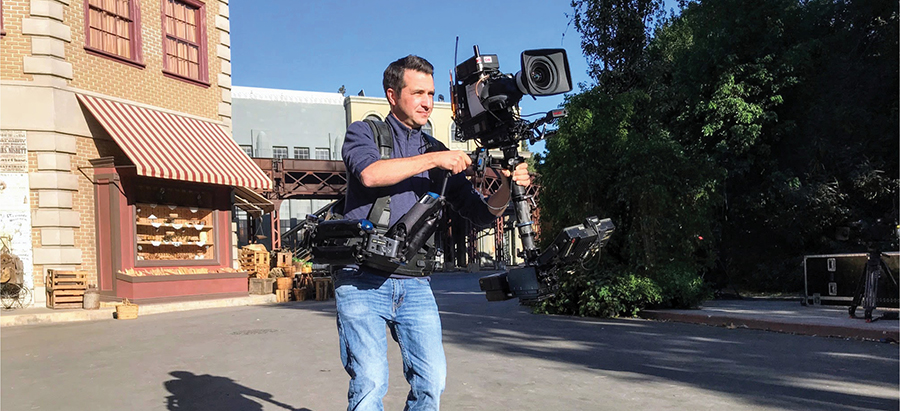
Which industry trends are you following, and why?
A major trend I’m seeing is the need for professionals to be multi-disciplinary or “hyphenated;” that means they understand everything from technical direction to streaming. This is especially true, as the shift from satellite to IP and streaming-based workflows has made streaming central to modern production. Generally speaking, technology is evolving fast, so staying current is important, and it means a lot of experimentation with new tools and integrating them into setups on set and at home. I also see a generational shift, with younger pros naturally fluent in digital tech. For me, the most effective workflows blend new innovations with trusted equipment, creating a balanced and reliable approach.
About Corvid 88
Corvid 88 is a PCIe video and audio I/O card that allows developers to build solutions that enable users to maximize video and audio I/O capacity. Eight 3G-SDI connections can be configured individually as input or output and mix formats for up to eight HD or SD channels on a single card. As demand rises for higher resolutions, it allows developers to combine SDI connections for multiple 4K/UltraHD channels, providing incredible flexibility and future proofing with playout and ingest servers or channel-in-a-box systems. www.aja.com/corvid-88
About AJA Video Systems
Since 1993, AJA Video Systems has been a leading manufacturer of cutting-edge technology for the broadcast, cinema, proAV, and post production markets. The company develops a range of powerful, flexible video interface and conversion technologies, digital video recording solutions, and color management, streaming, and remote production tools. All AJA products are designed and manufactured at our facilities in Grass Valley, California, and sold through an extensive sales channel of resellers and systems integrators around the world. For further information, please see our website at www.aja.com.
All trademarks and copyrights are the property of their respective owners.
Media Contact:
Katie Weinberg
Raz Public Relations, LLC
310-450-1482, aja@razpr.com
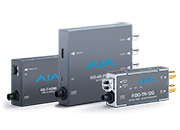 Mini-Converters
Mini-Converters
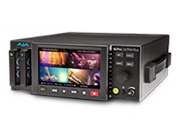 Digital Recorders
Digital Recorders
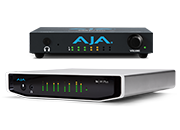 Mobile I/O
Mobile I/O
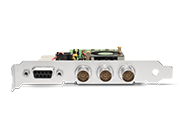 Desktop I/O
Desktop I/O
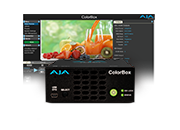 Color
Color
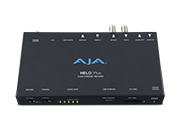 Streaming
Streaming
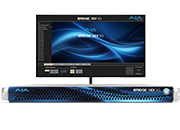 IP Video/Audio
IP Video/Audio
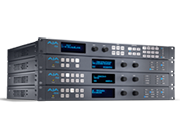 Frame Sync
Frame Sync
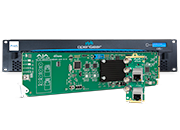 openGear
openGear
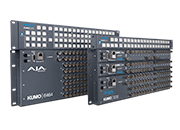 Routers
Routers
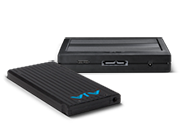 Recording Media
Recording Media
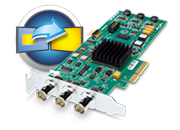 Developer
Developer
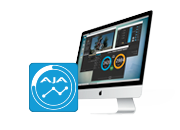 Software
Software
